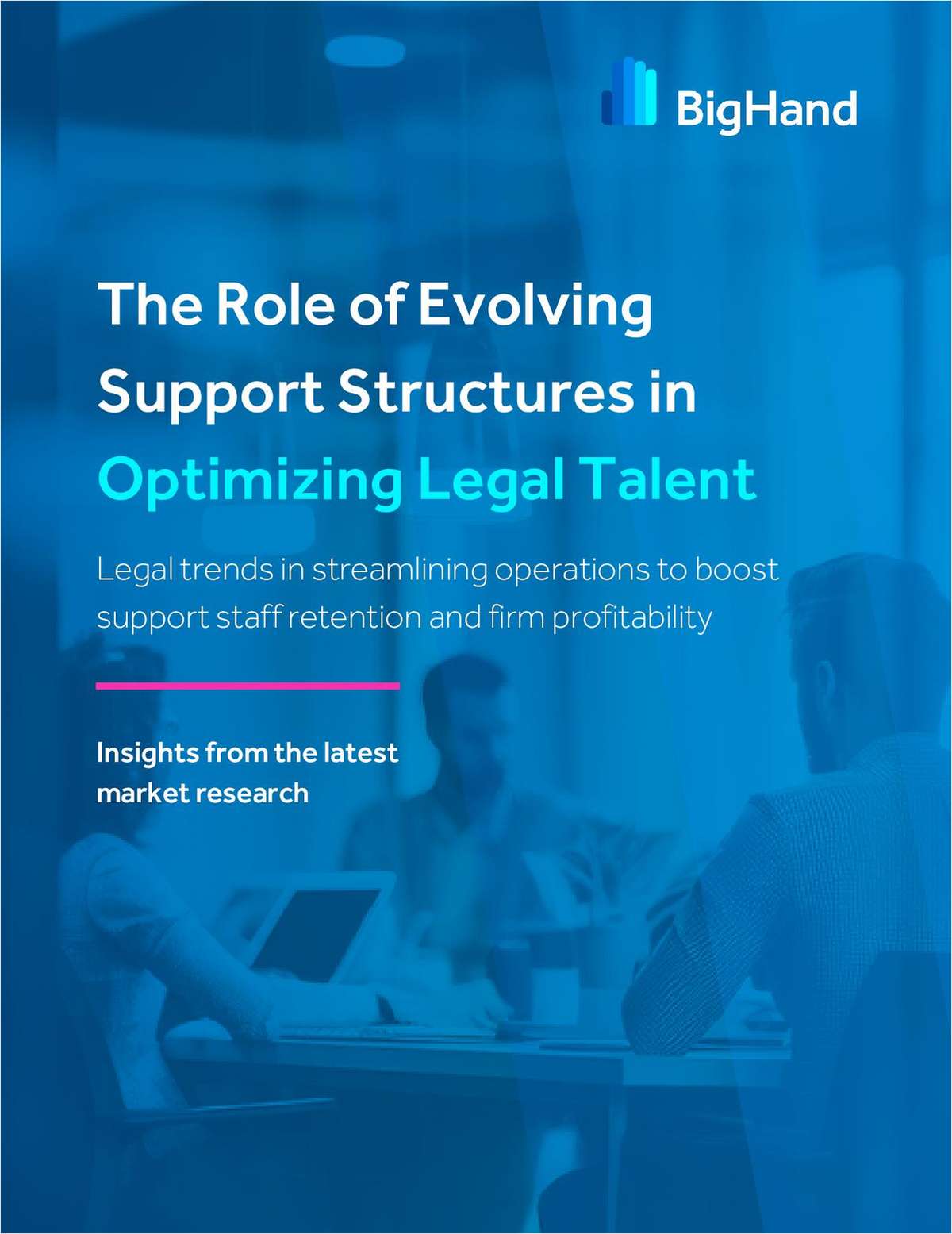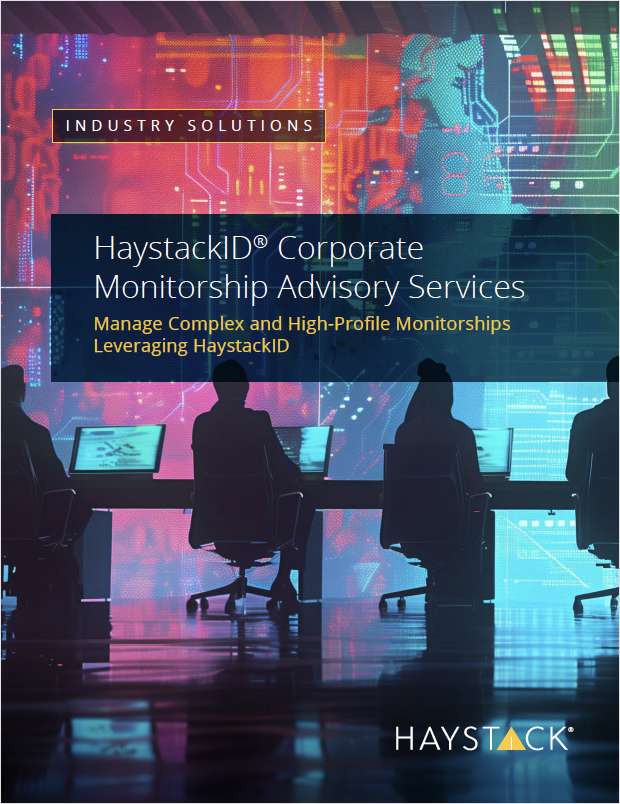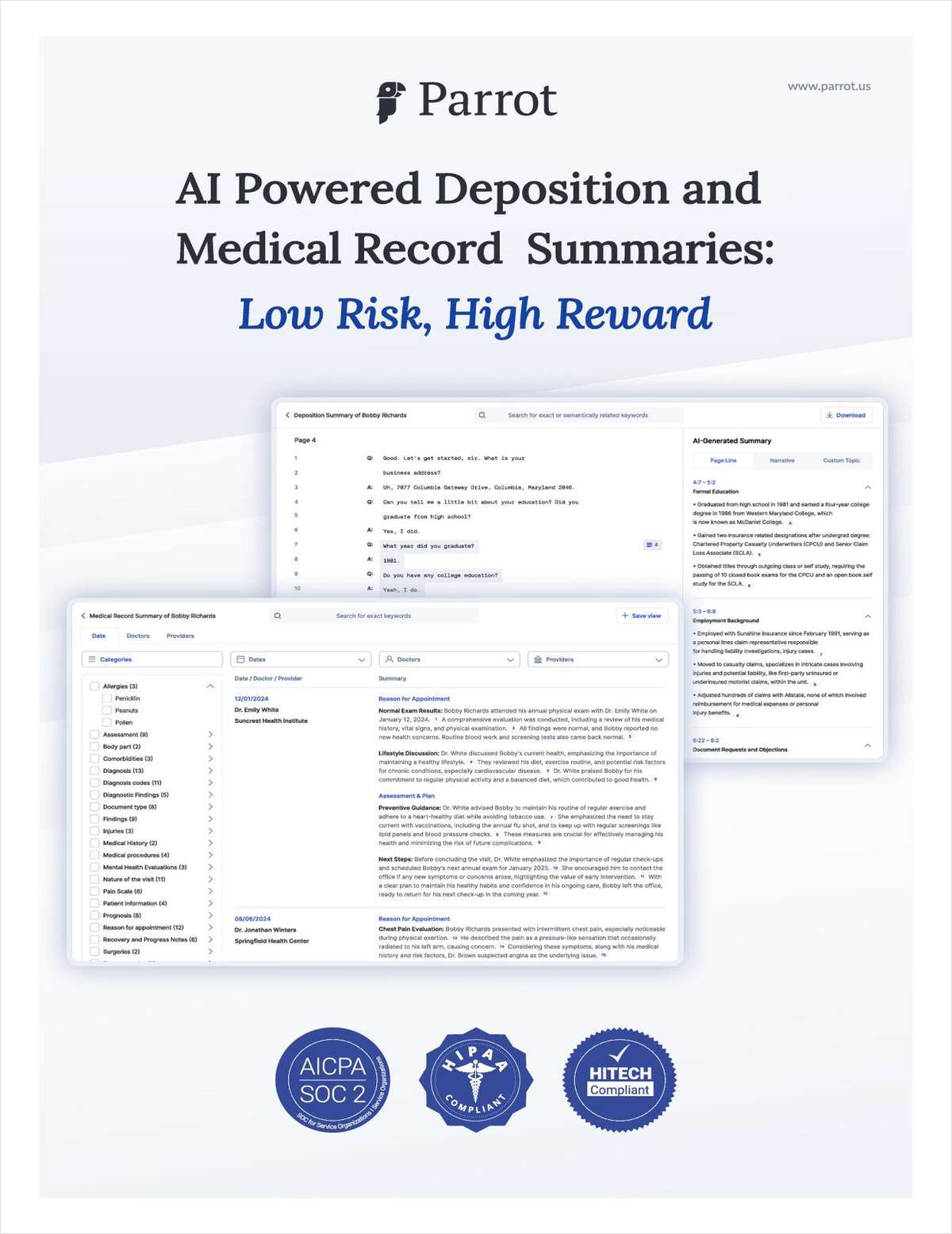Our friends at Legaltech News joined an emerging industry discussion earlier this month with an interesting story regarding retrieval augmented generation (RAG) models, a technology breakthrough that seeks to improve the accuracy of answers produced by generative artificial intelligence tools.
"In simple terms, RAG is the process whereby a large language model (LLM) generates its output based on a defined universe of knowledge outside of its training data, leveraging external documents fed into it," reported LTN. "RAG shows up in press releases, at trade shows, and in many product demos as a solution for LLMs' hallucination problem."
The article goes on to explain how RAG models work and raises some important questions about whether they are as effective as technologists claim. Unfortunately, it overlooks an important principle: not all RAG models are alike.
The Lexis+ AI Ask Workflow
LexisNexis introduced the legal industry's first comprehensive legal research platform powered by generative AI trained for the legal profession with the launch of Lexis+ AI in October 2023. Since that time, we have collected continuous user feedback on our customers' real-life use of the platform and rolled out a second-generation legal generative AI Assistant on Lexis+ AI back in April.
Our platform utilizes deep learning models to follow a three-step process in response to every query submitted by a user:
- Decoding the user's intent by understanding the meaning behind the question;
- Grounding retrieval and ranking by understanding the context for enhanced information; and
- Crafting comprehensive answers by integrating legal citations for informed decision making.
As the image below illustrates, we have taken a unique approach to constructing a proprietary RAG model. Our platform incorporates five individual data inputs (lexical and semantic search; recency boost; intelligent ranking; citation boost; and authority boost), drawing on our vast and unsurpassed legal content ecosystem.

This innovative approach harnesses the power of structured knowledge representation, enabling Lexis+ AI to unlock deeper insights from its vast collection of legal content and deliver more reliable AI-generated responses. Knowledge graphs act as a sophisticated organizational framework, connecting legal concepts, case holdings, Shepard's Citations, and related information in a structured manner. By leveraging this technology, Lexis+ AI can precisely identify and retrieve the most relevant and trusted data from its extensive legal resources, uncovering related case opinions, legal taxonomies, and metadata that enhance the quality and context of AI-generated responses verified by the trusted Shepard's Citation service.
Linked Legal Citations
There is another important element to understanding a key difference in the way that Legal AI solutions deliver answers to legal professionals. How does the user know if the AI-generated responses are grounded in authority-backed citations?
No Gen AI tool today can deliver 100% accuracy, regardless of who the provider is. Unlike other vendors, however, Lexis+ AI delivers authority-backed linked legal citations connected to source documents, grounding those responses in authoritative resources that can be relied upon with confidence. It's important to understand that our promise to you is not perfection, but deliver responses backed by LexisNexis' authoritative legal content.
In the rare instance where a citation provided by Lexis+ AI does not include a link, users should always review the citation for accuracy. Remember, Lexis+ AI is meant to enhance the work of an attorney, not replace it. No technology application or software product can ever substitute for the judgment and reasoning of a lawyer. This is the same fundamental principle behind every tool in our tech stack.
When we built Lexis+ AI, our goal was to deliver the most authoritative content from LexisNexis back to inform the answer. Our technical architecture, combined with the world's largest repository of accurate and exclusive legal content, allows us to make that happen. That is how we can deliver on the promise of delivering authority-backed, linked legal citations.
Find the Perfect Match
The Legaltech News article astutely advises that "while shopping for generative AI tools in legal, understanding what RAG is beyond marketing jargon, and digging further into the capabilities specific to each relevant product may prevent expensive headaches down the line" — and concludes with the admonition that "users of the technology need to evaluate these system more critically, and ask vendors for benchmarks when they are acquiring the technology."
We agree with this sentiment. LexisNexis recently published The Definitive Guide to Choosing a Gen AI Legal Research Solution, a free buyer's guide that details what law firms and in-house legal departments should look for so they can select the most appropriate solution for their organizations.
The Lexis+ AI RAG model parses user queries and extracts key semantic concepts, then goes out and captures the most relevant answers to those queries by consulting the comprehensive LexisNexis collection of primary law, case law, regulations, analysis and more. This unique use of RAG technology enables Lexis+ AI to minimize unsubstantiated answers.
To learn more about the LexisNexis approach to generative AI technology or to request a free trial of our Lexis+ AI platform, please go to www.lexisnexis.com/ai.







